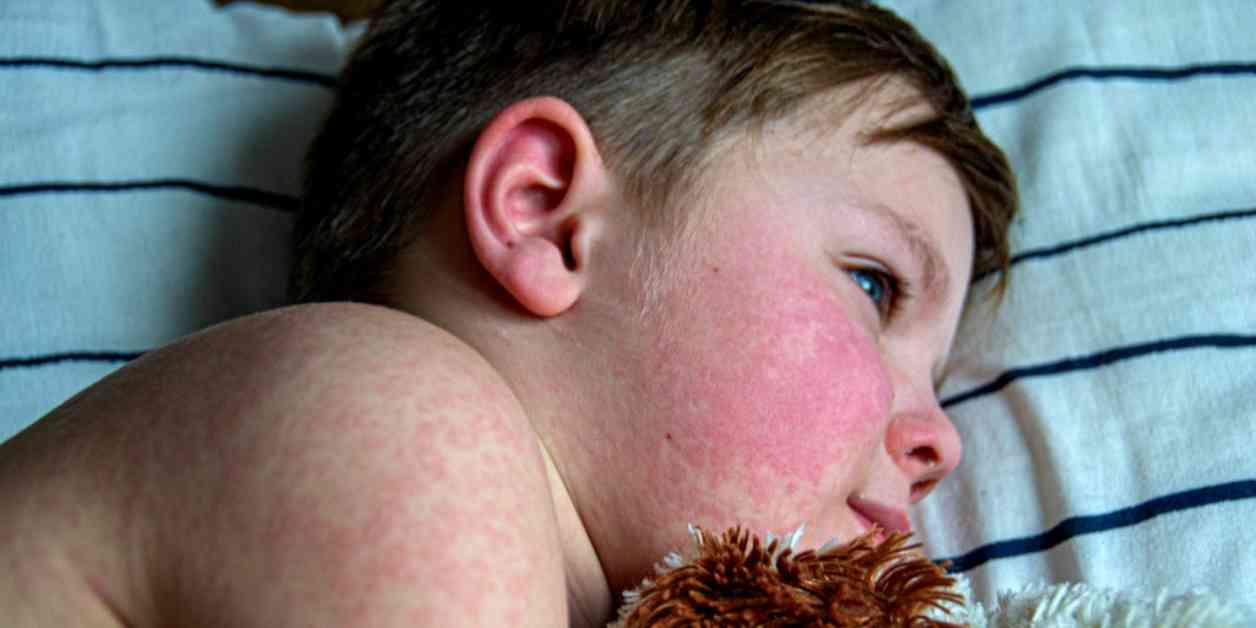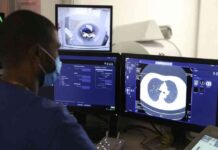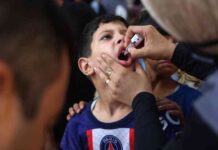**Understanding Parvovirus: CDC Warning & Key Information**
A respiratory disease known as parvovirus B19 is currently on the rise in the United States across all age groups, according to a recent advisory from the U.S. Centers for Disease Control and Prevention (CDC). The CDC issued a health alert on August 13 after European public health authorities reported “unusually” high numbers of cases in 14 countries during the first quarter of 2024.
**What is Parvovirus B19?**
Parvovirus B19 is a virus that can be easily spread by respiratory droplets in the air after an infected person coughs or sneezes. Children are often infected at school and spread it to other kids through close personal contact, later transmitting it to adults when they come home. Approximately 50% of people who were not previously infected contract the virus from an infected family member, while 20% to 50% of susceptible students and staff become infected during school outbreaks.
“The virus is highly contagious and can spread asymptomatically,” says Dr. Marc Siegel, senior medical analyst for Fox News and clinical professor of medicine at NYU Langone Medical Center.
**Symptoms of the Virus**
Many people who get infected don’t have symptoms, but some will experience sickness. About a week after exposure, susceptible children may complain of flu-like symptoms, including fever, muscle pain, and fatigue, which generally last less than a week. People are most contagious during this early phase of the illness.
Several days after the fever starts, children often develop the hallmark blotchy “slapped cheek” rash. A fine, “lacy” rash may follow on the chest, back, buttocks, or arms and legs that is sometimes itchy. It usually goes away in about a week to 10 days. Adults are less likely to develop the “slapped cheek” rash, with their most common symptoms being a generalized rash on the body and joint pain affecting the hands, feet, and knees.
**Antibodies Provide Immunity**
Antibodies from prior infection help prevent recurrence of parvovirus B19. “Once infected, you have a lifetime immunity,” notes Dr. Siegel. The largest increase in infections was among children ages 5 to 9. Most adults in the United States are immune, with 50% having detectable antibody levels by age 20 and more than 70% acquiring them by age 40.
The share of people who have had a recent infection dropped below 3% between 2022 and 2024 but increased to 10% in June of this year. The largest increase in infections was among children ages 5 to 9, going from 15% to 40% in that time frame.
**High-Risk Populations**
While most healthy adults and children only experience mild illness, people with weakened immune systems, pregnant women, and those with chronic blood disorders can develop serious health complications from the virus. Pregnant women who are susceptible to the virus may spread the illness to their babies. Parvovirus infection during pregnancy may lead to adverse outcomes such as severe anemia in the fetus and miscarriage in 5% to 10% of cases.
“There is an increased risk of complications in patients with significant immunocompromising conditions, such as those who have leukemia, have received an organ transplant, or have an HIV infection,” adds Dr. Glatt. Since most adults are immune to the virus, many pregnant women are protected from the virus.
**Treatment and Prevention**
Treatment for infected pregnant women primarily involves supportive care, treating the underlying symptoms, and monitoring for severe fetal anemia. People with weakened immune systems or chronic blood disorders can sometimes develop bone marrow failure as a result of the virus, in which case treatment may include blood cell transfusions and intravenous immunoglobulin (IVIG).
Currently, there is no vaccine to prevent parvovirus B19, and most people infected with the virus will recover without any long-term complications. Hand-washing can help prevent transmission of the virus.
In conclusion, understanding the symptoms, risks, and precautions associated with parvovirus B19 is crucial in combating the spread of this respiratory disease. By staying informed and taking necessary precautions, individuals can protect themselves and others from potential complications.

















